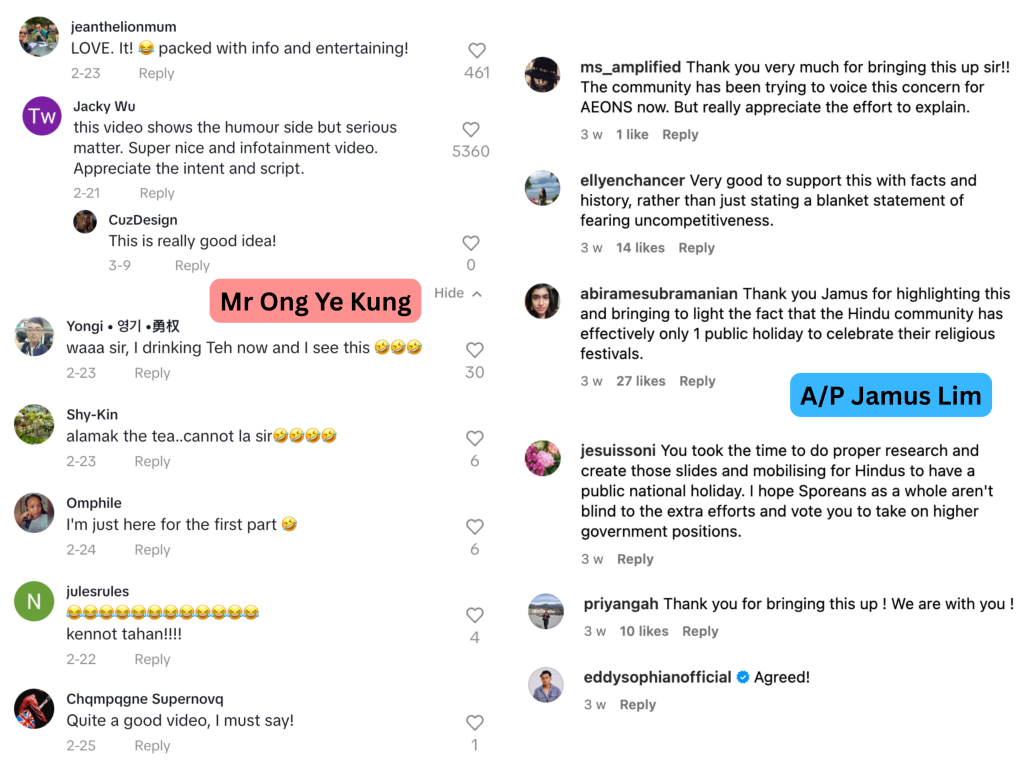49 S’poreans are on Forbes’ 2025 Billionaire List. Who’s new & who are the top 10?

The Forbes 2025 list of the world’s richest people, which was released today (April 3), revealed that there are now more billionaires than ever: 3,028 in all, 247 more than last year.
Collectively, their net worth has skyrocketed to a staggering US$16.1 trillion, marking a massive increase from the US$2 trillion in 2024.
And the richest among them all is Tesla’s Chief Executive, Elon Musk, who took the crown this year with his total net worth valued at US$342 billion.
The 53-year-old is followed by three tech powerhouses: Meta CEO Mark Zuckerberg, coming in second at US$216 billion, followed by Amazon founder Jeff Bezos at US$215 billion and Oracle CTO Larry Ellison at US$192 billion.
Among the world’s wealthiest, 49 Singaporeans have also made this year’s Forbes list—and out of the 49, we have compiled a list of the 10 wealthiest Singaporeans, and the five new entrants.
Here’s the list:
1. Goh Cheng Liang
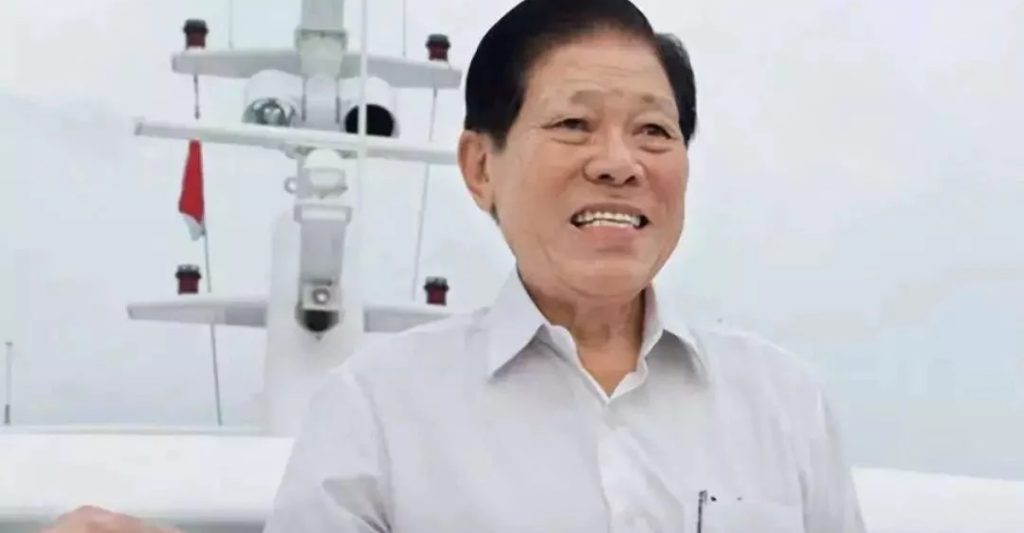
Ranked #182 globally, Goh Cheng Liang is known to make most of his wealth from a majority stake in Japan’s Nippon Paint Holdings, which is the world’s fourth-largest paint manufacturer by revenue.
According to the list, the 97-year-old’s total net worth is valued at US$13 billion, an increase from US$12.7 billion in 2024, though his ranking dropped from #154 last year.
2. Li Xiting
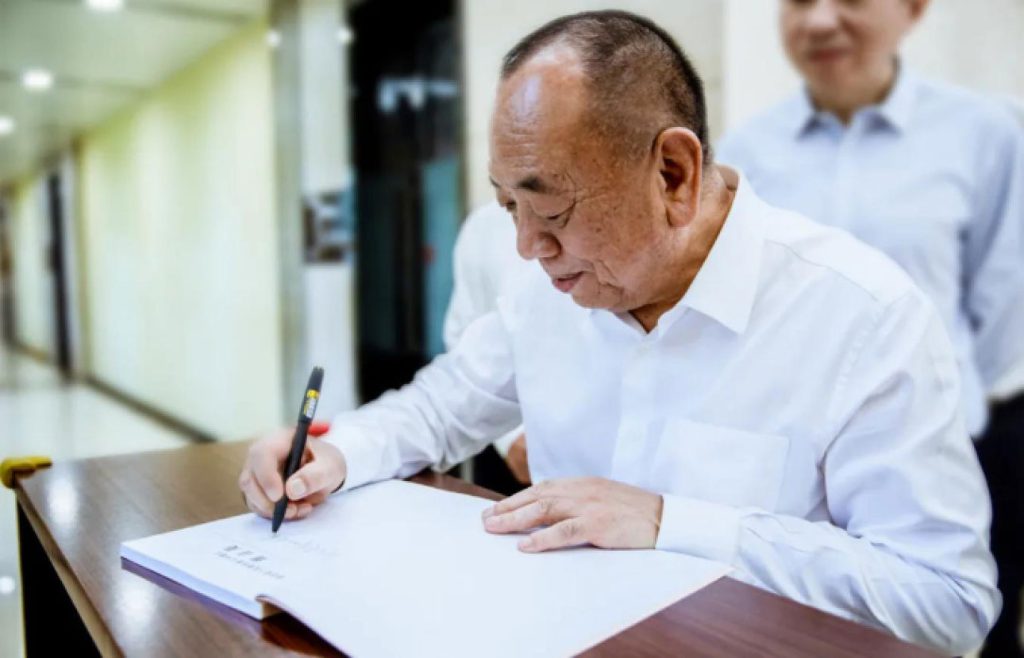
Following closely behind Goh is Li Xiting, the co-founder of medical devices supplier Shenzhen Mindray Bio-Medical Electronics.
Li’s total net worth is valued at US$12.8 billion this year and ranks at #185 globally, a decrease from his US$15.1 billion in 2024, when he earned the title of the wealthiest Singaporean of the year.
3. Forrest Li
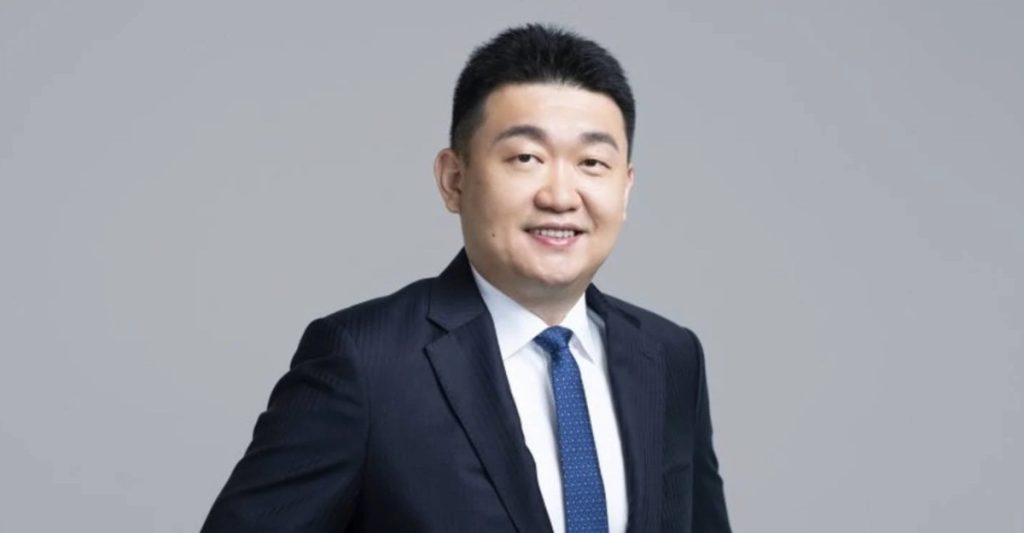
The third richest Singaporean on the list is Forrest Li, Chairman and CEO of Singapore’s first tech unicorn, Sea Limited—the company behind recognisable businesses such as gaming entertainment company Garena, ecommerce giant Shopee, and digital bank MariBank.
The Stanford graduate is ranked at #347 globally, with his total net worth valued at US$8.6 billion, a sharp increase from US$3.6 billion in 2024.
4 & 5. Philip and Robert Ng

A duo no stranger to the list, Philip and Robert Ng are Singapore’s fourth and fifth richest Singaporeans. The brothers are known to control Far East Organization—Singapore’s largest private landlord and property developer.
Both brothers’ total net worth increased from the 2024 list. Philip, the younger brother of the duo, is ranked #430 globally, with his total net worth valued at US$7.4 billion, and his older brother, Robert, is not too far behind at US$7.3 billion, ranking #443 globally.
6. Jason Chang
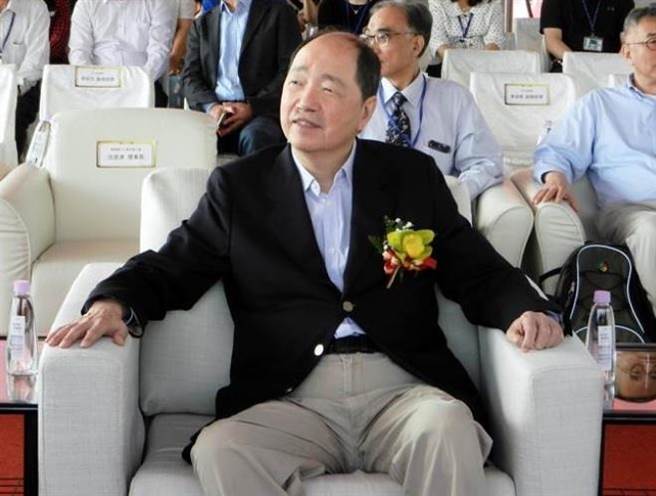
The only person in their 80s in the top 10, Jason Chang is the chairman of Taiwan’s ASE Technology Holding, a provider of independent semiconductor assembling and test manufacturing services.
While his total net worth remains at US$6.6 billion, his global ranking dropped from #417 in 2024 to #512 this year.
7. Zhang Yong
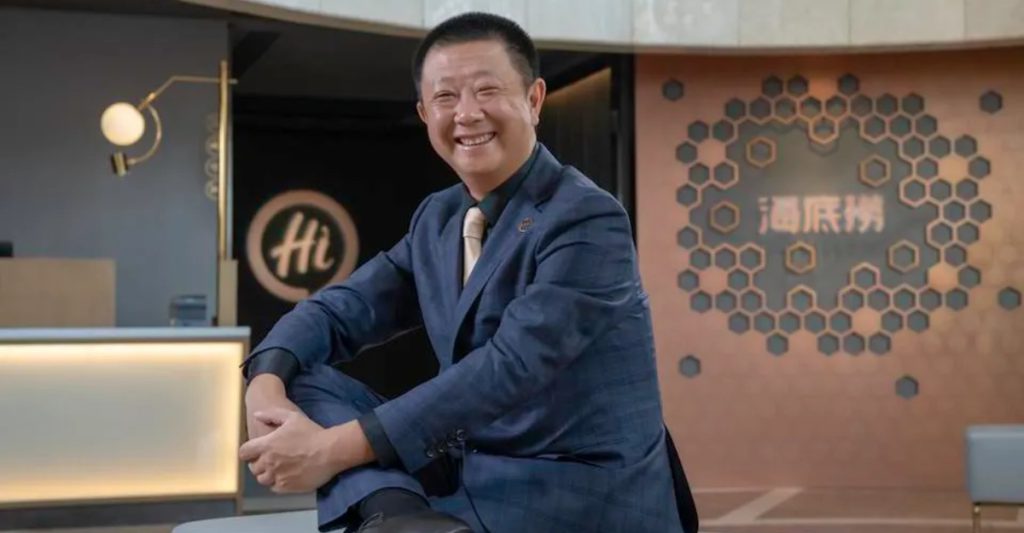
The seventh richest Singaporean and #512 on the list is Zhang Yong, the Chinese-born Singaporean business magnate behind the Haidilao restaurant group.
The 54-year-old’s total net worth increased by more than US$2 billion this year, reaching a total of US$6.6 billion—up from US$4.9 billion last year.
8. Gang Ye

The second person from Sea Limited to make the list is Gang Ye, the second co-founder of the Singaporean tech conglomerate and its Chief Operating Officer.
Gang earned the title of the eighth richest Singaporean on the list, ranking #717 globally and has a total net worth of US$5 billion this year.
9. Jason Jiang
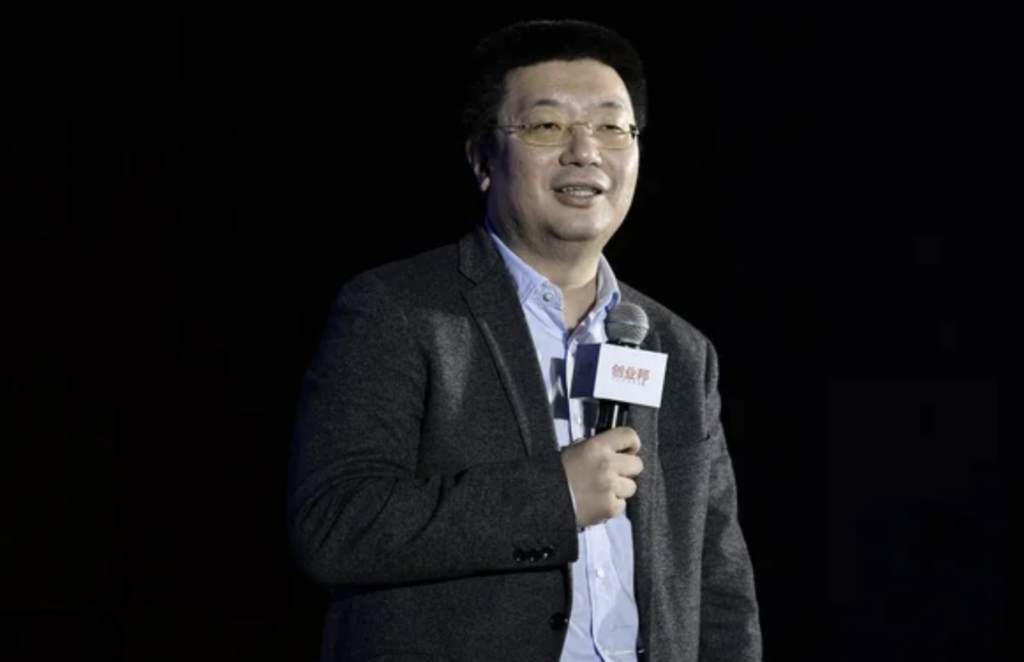
Coming in at #902 is Jason Jiang, the founder, chairman and CEO of Alibaba-backed Chinese outdoor advertising firm Focus Media Information Technology.
While the 52-year-old’s total net worth increased to US$4 billion from US$3.7 billion in 2024, his ranking dropped drastically from #871 last year.
10. Kwek Leng Beng
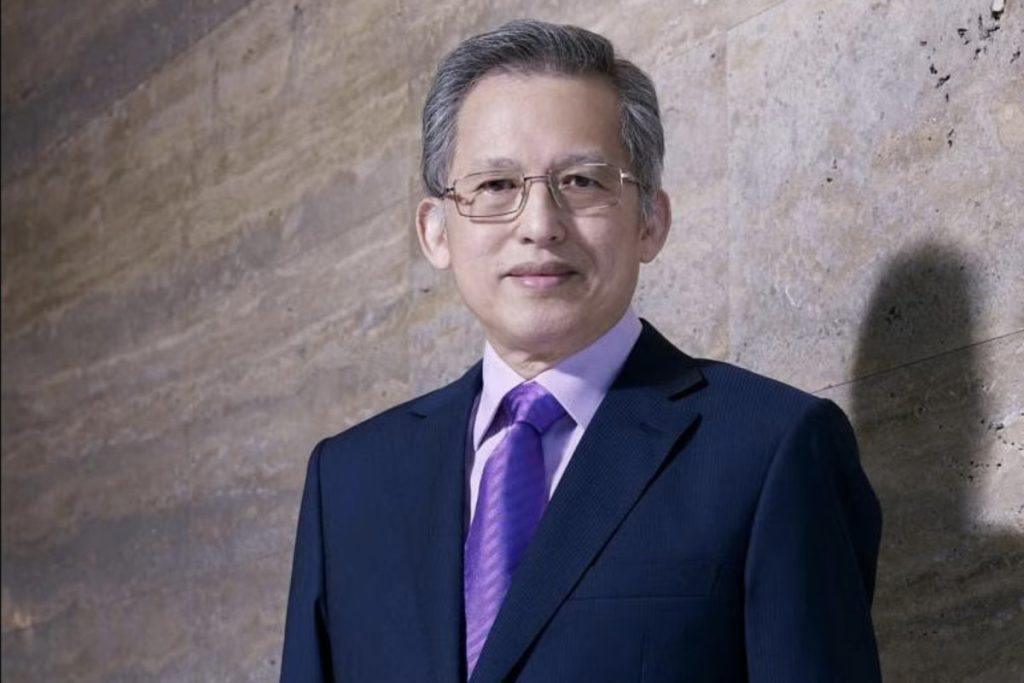
The final inductee to the top 10 richest Singaporeans is Kwek Leng Beng, the Chairman and Executive Director of Hong Leong Group, which was founded by his father in 1941.
Ranking at #979 globally, Kwek’s total net worth is valued at US$3.7 billion, a slight increase from US$3.4 billion in 2024.
The hotel and property tycoon leads the group’s real estate company, City Developments Limited, and has made headlines recently due to an internal dispute.
Five Singaporeans made their debut on this year’s list. Who are they?

This year’s list also sees five new Singaporean entrants, each coming from multiple industries.
The first is Teo Swee Ann, the founder and CEO of Shanghai-listed semiconductor firm Espressif Systems. He’s ranked #2233 on the list, with his total net worth at US$1.5 billion.
Coming in at #2623 is Lim Kaling, an early investor and non-executive director of Singapore mainstay tech brand Razer. His total net worth is US$1.2 billion.
And tied at #2790 with net worths of US$1.1 billion each on the list are three Singaporeans making notable strides in their respective industries:
- Expat turned citizen George Raymond Zage III, the founder and CEO of Singapore-based investment firm Tiga Investments,
- Lim Chap Huat, the co-founder and Chairman of construction engineering firm Soilbuild Group Holdings, which is known for developing and building residential and industrial properties, and
- Quek Leng Chye, who is the managing director of Hong Leong Holdings, the property development and investment arm of Hong Leong Group.
- Read more articles we’ve written on Singaporean businesses here.
Also Read: Forbes 2024 billionaire list: Who are the richest people in Singapore right now?
Featured Image Credit: Tatler Asia/ mindray/ Vulcan Post
M’sia’s 19 richest: Who’s new & who’s missing on Forbes’ 2025 World’s Billionaires List
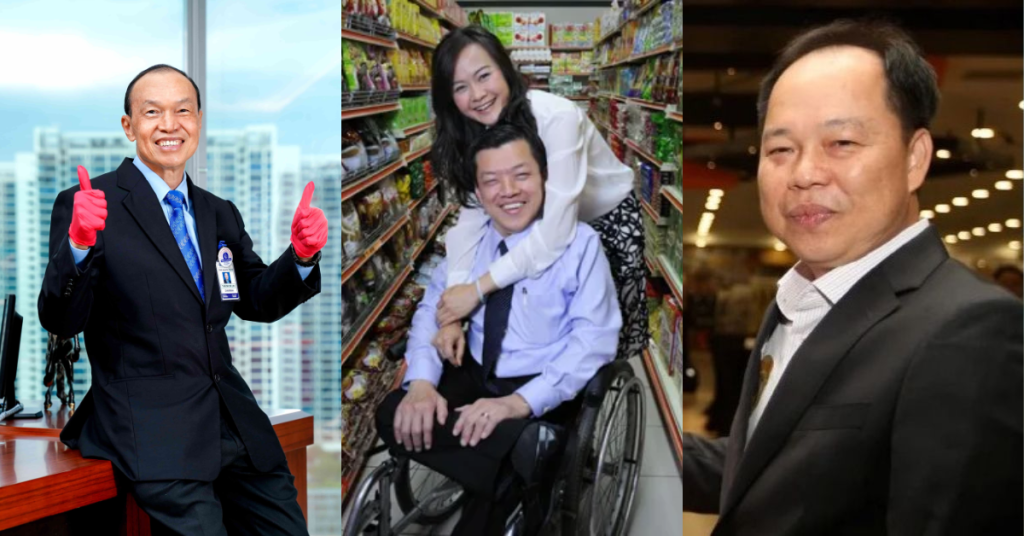
Like clockwork, Forbes has dropped its annual World’s Billionaires List. This year, there are 19 Malaysians who made it onto the list.
As usual, familiar faces dominate it, but there are some notable names who have appeared (or reappeared).
A new face
The most prominent addition to the list is none other than 99 Speedmart’s Lee Thiam Wah. Impressively, the founder debuted as the fourth richest billionaire in Malaysia, after Robert Kuok, Quek Leng Chan, and Koon Poh Keong.
This follows 99 Speedmart’s IPO last year, which had been the talk of the town and raised US$532 million.
Born with poliomyelitis—a disease to his central nervous system— he was bound to a wheelchair since he was 8 months old.
Despite health challenges, he became a visionary business man, having opened his first shop in 1987 in the port city of Klang, before selling it and establishing the Pasar Mini 99 chain in 1992.
The entrepreneur has a net worth of US$3.6 billion, making him the 979th billionaire in the world at the time of Forbes’ World’s Billionaires List.

Making a comeback?
Back on the list is Tan Yu Yeh, the founder of Mr. D.I.Y, our homegrown home improvement retail chain. He had debuted on the list in 2021, but had not made it onto the list last year.
Weirdly enough, Forbes now reports that his 2023 wealth had been US$1.9 billion, which means he should’ve been on the list last year. Perhaps the publication had not been able to ascertain his net worth when putting out the list.
Another returnee is Lim Wee Chai, who had been absent from the list after 2022. This is the man behind Top Glove, which saw soaring performance in 2021 thanks to the pandemic. With a net worth of US$1.1 billion, he’s the final billionaire from Malaysia on the list.

Who’s missing
The one name missing from the list this year is Ananda Krishnan, who passed away last November at the age of 86.
A Harvard Business School grad and former oil trader, Ananda built a multi-billion dollar empire from scratch. His holdings included stakes in Maxis, Astro Malaysia Holdings, and an oilfield services-provider called Bumi Armada.
| 2024 Malaysian Billionaires | 2025 Malaysian Billionaires |
|---|---|
| Robert Kuok | Robert Kuok |
| Quek Leng Chan | Quek Leng Chan |
| Ananda Krishnan | Koon Poh Keong |
| Koon Poh Keong | Lee Thiam Wah |
| Lee Yeow Chor | Jeffrey Cheah |
| Lee Yeow Seng | Lee Yeow Chor |
| Lim Kok Thay | Lee Yeow Seng |
| Kie Chie Wong | Syed Mokhtar AlBukhary |
| Jeffrey Cheah | Lim Kok Thay |
| Lau Cho Kun | Kie Chie Wong |
| Diona Teh Li Shan | Diona Teh Li Shan |
| Lillian Teh Li Ming | Lillian Teh Li Ming |
| Lillyn Teh Li Hua | Lillyn Teh Li Hua |
| Lim Chai Hock | William Teh Lee Pang |
| William Teh Lee Pang | Lau Cho Kun |
| Syed Mokhtar AlBukhary | Lim Chai Hock |
| Cheah Cheng Hye | Tan Yu Yeh |
| – | Cheah Cheng Hye |
| – | Lim Wee Chai |
- Learn more about Forbes’ World’s Billionaires List here.
- Read other articles we’ve written about Forbes’ lists here.
Also Read: This HP smart printer proves that M’sian SMEs don’t have to break the bank for reliability
Featured Image Credit: Lim Wee Chai via Top Glove / Lee Thiam Wah via Forbes / Tan Yu Yeh via Mr. D.I.Y. Group
Trump’s tariffs shake up global trade—Singapore imposed with 10% baseline rate
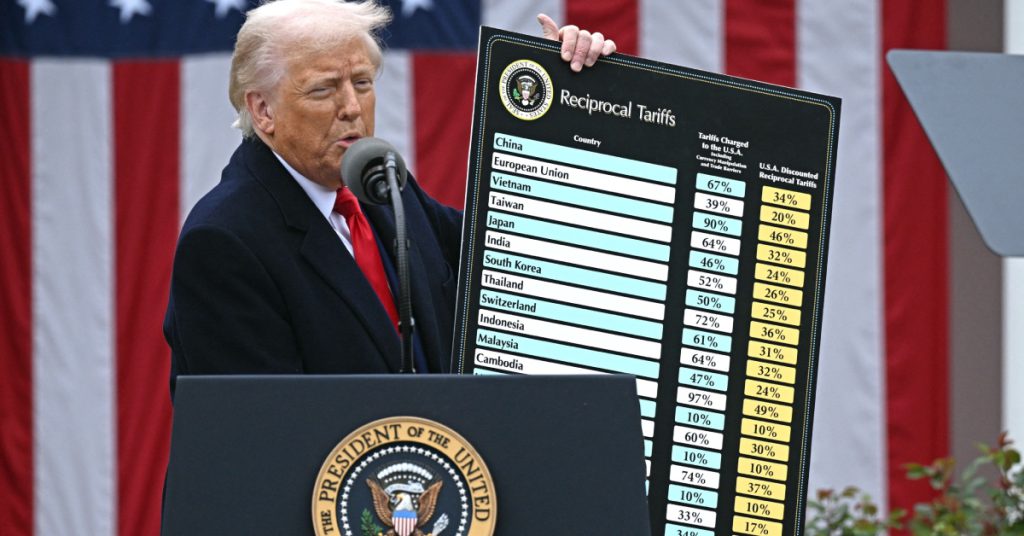
As part of his vision to “make America wealthy again,” United States President Donald Trump announced on Wednesday (April 2) that he would impose a 10% baseline tariff on all goods coming into America from anywhere in the world, including Singapore.
Framing it as a declaration of economic independence, he also introduced hefty “reciprocal” tariffs on at least 60 trading partners, singling out what he called the “nations that treat [the US] badly” for levying “excessively high duties” on American products.
Asian economies bore the brunt of these measures. China now faces a new 34% tariff on its exports to the US, adding to the existing 20% that Trump had already imposed on the country for not doing enough to combat fentanyl trafficking.
In Southeast Asia, Cambodia was hit hardest with a 49% tariff, followed by Vietnam at 46%, Thailand at 36%, and Indonesia and Taiwan at 32% each. Malaysia faces a 24% tariff, while the Philippines is subject to a 17% duty.
The baseline tariffs are set to take effect at midnight on April 5 (12 p.m. on April 6, Singapore time), and the reciprocal tariffs will kick in at midnight on April 9.
Here’s an overview of the tariffs imposed on different countries:
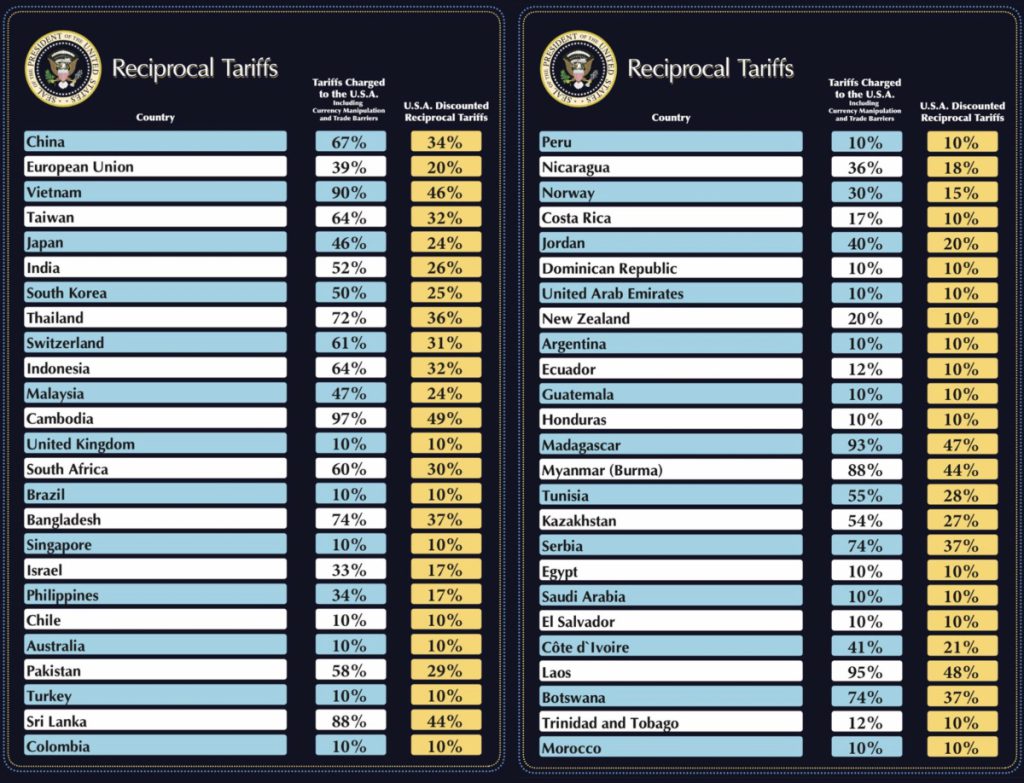
What does this mean for Singapore and the rest of the world?
Trump’s policy represents the most significant shake-up of the global trade system since World War II, and it is only a matter of time before America’s trading partners respond with tariffs of their own.
With the U.S. accounting for about 15% of global trade, these tariffs are set to have significant consequences on the world economy.
Analysts assessing the impact of these measures have drawn comparisons to the Smoot-Hawley Tariff Act of 1930, which imposed 20% tariffs on most imports and played a role in deepening the Great Depression.
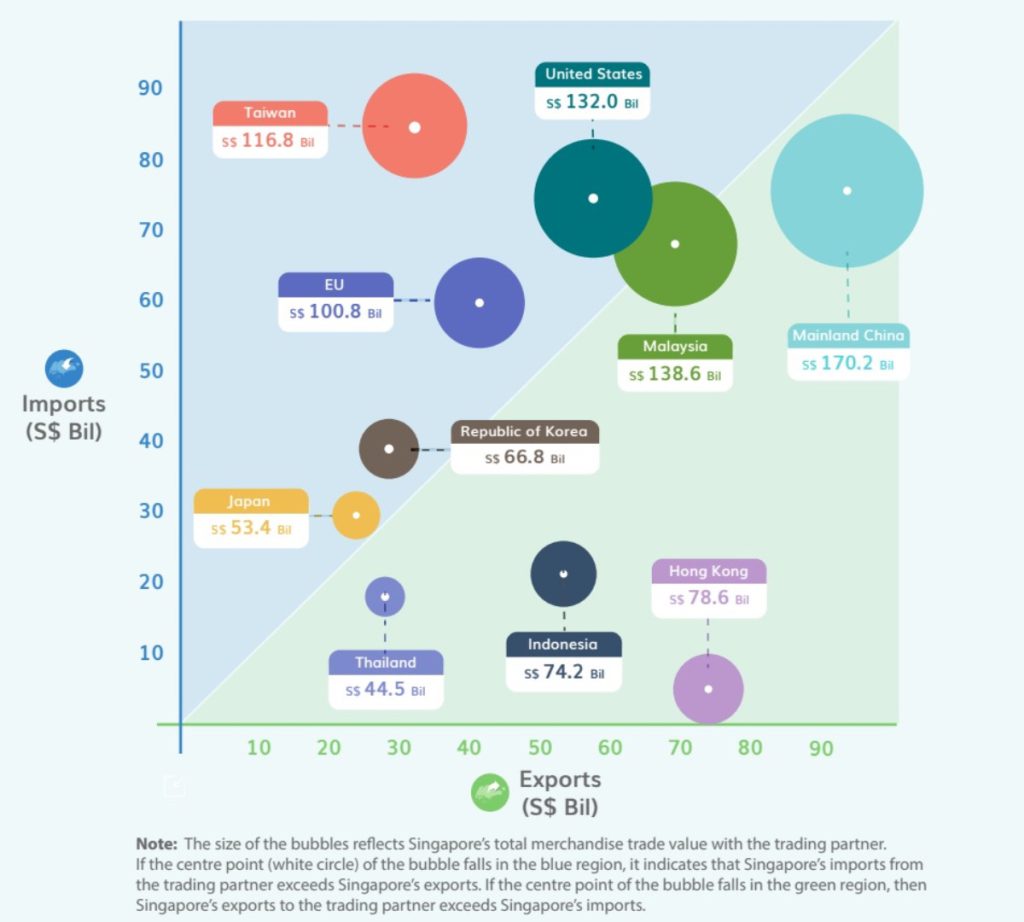
In 2024, the United States was one of Singapore’s top trading partners, and a recent Monetary Authority of Singapore (MAS) survey showed financial institutions here were most concerned that intensifying trade tensions could impact the country’s growth and reignite inflation.
Another flash survey done by the American Chamber of Commerce in Singapore yesterday also found that nearly seven in 10 (69%) of companies in Singapore expect the new tariffs to have a significant or moderate negative impact on their operation.
45% of these firms plan to pass on the increased costs from the new US tariffs to their customers, while others intend to respond by diversifying their supply chains to reduce their reliance on high-tariff markets, or seizing opportunities to gain market share from competitors who are slower to adapt.
…but Singapore should be in a good spot
Singapore’s strong fiscal position—reflected in a fiscal surplus of S$6.4 billion in FY2024—gives the government flexibility to manage external economic challenges.
That said, with 2025 being an election year, there could be some political uncertainty, which may affect economic confidence. Regardless of which party leads the nation, it will have to navigate ongoing geopolitical tensions and navigate the new Trump’s era.
A stable government plays an important role in maintaining consistent policies to navigate global economic changes. Singapore has a well-established reputation for political stability, reinforcing its position as a secure and reliable economy.
- Read other articles we’ve written on Singapore’s current affairs here.
Also Read: Inflation in S’pore finally ends as retail prices drop, gas & electricity cheapest in 2 years
Featured Image Credit: The White House
Politicians want to be #relatable too, but are S’poreans here for their new campaign strat?
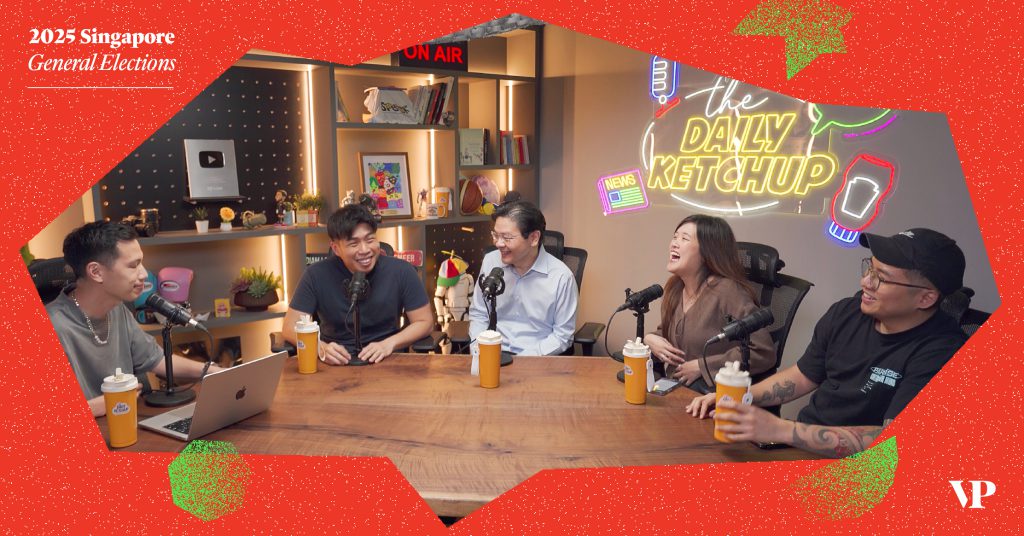
House visits, walkabouts, posters on lamposts and the roaring cheers at rallies—these were the sights and sounds that I heard as a child during the election season.
But times have since changed. With the advancement of technology and the unexpected timing of the COVID-19 pandemic, Singapore had its first digital election in GE2020.
Not only did we see the absence of physical rallies, but GE2020 has brought a lot of attention to the impact of new media sources, from social media to podcasts, and many political figures have since leveraged these sources to reach new voters.
Meet the “new” media players
1. Instagram and TikTok
When it comes to new media, we cannot leave Instagram and TikTok out of the conversation, especially since the COVID-19 pandemic.
Whether they are in parliament or not, each political figure has their own “style” in interacting with their virtual audience while also educating them on public policies, including Singapore’s Minister of Health, Mr Ong Ye Kung.
Some political figures might be more active on Instagram, such as Associate Professor Jamus Lim of the Workers’ Party (WP), who is known for his carousel posts elaborating on his parliament speeches.
2. Podcasts
Many politicians have also made appearances on podcasts, with both the incumbent and opposition parties giving insights into their thoughts on the local political landscape.
Some notable podcasts known for their commentary on current affairs are The Daily Ketchup, Yah Lah BUT, and Teh Tarik With Walid.
Many use Instagram and TikTok to consume online content, but given that not everyone listens to podcasts, what draws politicians to them?
These videos often place politicians in an informal setting, where they engage in mostly casual banter with the hosts, while the audio format adds an “intimate layer” to the listeners’ experience—it’s like you are listening to a private chat that “fosters a sense of connection” that is challenging to replicate elsewhere.
Podcasts are more off-the-cuff, which allows the politicians’ personalities to really shine through and could make them seem more relatable if they know how to use the format well.
Dr Tracy Loh, senior lecturer of communications management at Singapore Management University responding to The Straits Times
One example could be seen with Singapore’s Prime Minister Lawrence Wong’s interview with The Daily Ketchup, where the self-proclaimed introvert shared how his life has changed since taking over from Mr Lee Hsien Loong, who is now the senior minister.
A double-edged sword
Some parties have emerged victorious in the social media game, and WP’s trailer for GE2020 often came to mind. Although the six-minute video didn’t have any dialogue, it went viral, to the extent that someone gave a commentary on the success of the video from a PR perspective.
Another politician who became a “social media darling” was Dr Tan Cheng Bock of the Progress Singapore Party (PSP), who became an “Instagram sensation” with his “hypebeast ah gong” persona.
Dr. Tan also remained one of the most followed opposition leaders on Instagram, with approximately 55,900 followers at the time of writing. But we’d have to admit, the “hypebeast” gimmick became old after a while.
Political Scientist Walid Jumblatt Bin Abdullah, who hosts the podcast Teh Tarik With Walid, shared that while politicians cannot avoid social media, they need to keep a balance between being light-hearted yet informative with their reach.
“There’s a fine line between being informative and cringe, and you need to balance that,” added the Associate Professor. He also highlighted that there are some politicians who just hop onto every TikTok trend and do them without any substance to it, though he did not mention any names.
If you just do that, then you think “oh this is a way to reach young voters!” I hope they lose. Because it’s so patronising to young voters to think that “oh just because i do this, young people are going to like me,” that’s not how voting works.
Associate Professor Walid Jumblatt Bin Abdullah on The Daily Ketchup podcast
However, we also know that nothing could be truly deleted from the Internet, and some politicians were called out for their past behaviour.
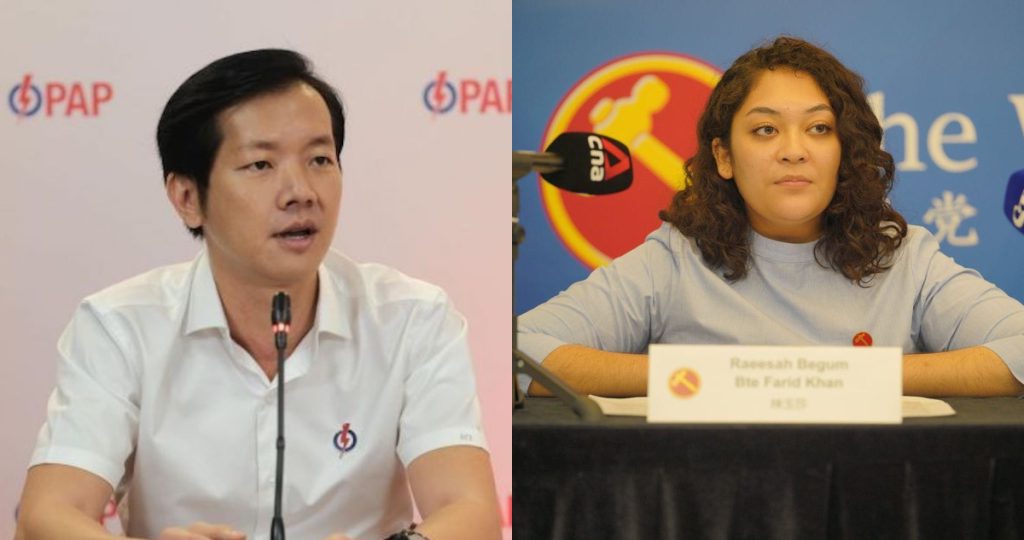
Ivan Lim underwent a “trial by Internet,” after he was introduced as one of the new candidates to contest for the former Jurong GRC under the People’s Action Party (PAP), where netizens accused him of having “poor character,” and a petition on change.org was created to campaign for his removal.
Mr Lim eventually released a press statement denying all allegations against him, but bowed out of the race three days later due to the online backlash.
Not long after, former WP member Raessah Khan was also placed in hot water for her social media posts that discussed race and religion, where she was investigated by the police after two police reports were submitted by members of the public.
With party leaders and then-teammates by her side, Miss Khan subsequently gave a public apology to the press, explaining that it wasn’t her intention to “create social division but to raise awareness (about) minority concerns.”
Finding a balance between reel and real life
With more people seeking out election content through alternative forms of media, there is no denying that it has become a useful weapon for any party to connect with the Singaporean electorate.
That said, politicians should not neglect interacting with their residents in their constituencies on the ground. After all, some people prefer to see what’s happening in the flesh, and that might play a part in casting their vote.
- Read other articles we’ve written about GE2025 here.
- Read other articles we’ve written about Singapore’s current affairs here.
Also Read: GE2025: Physical rallies are back, but do they matter anymore for Singapore’s elections?
Featured Image Credit: The Daily Ketchup, designed by Vulcan Post
Why this barista founded a cafe in PJ that teaches others how to up their own coffee game
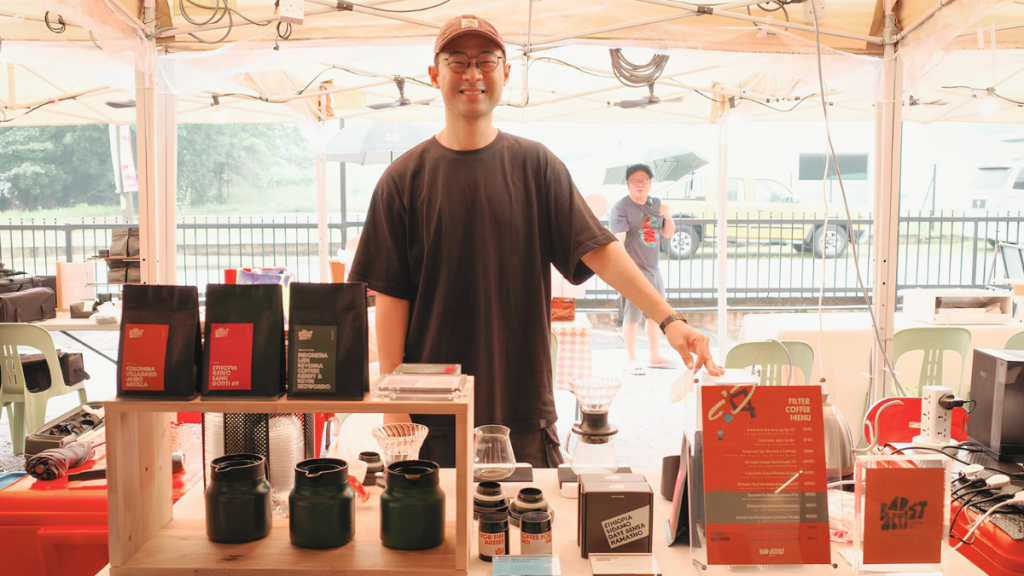
At 35 years old, Han has had a long winding career, going from tech startups in Singapore back to his home business here, until finally, reaching his dream of building a coffee business.
But more than that, empowering a community.
Bad Artist Coffee Co came about from a love for coffee, and the desire to educate and inspire others to pick up the art form, one cuppa at a time.
How bad could it be?
“The idea behind Bad Artist Coffee began when I started learning how to brew and roast coffee at home during the pandemic, and I became intrigued by the idea of starting my own coffee brand,” Han told Vulcan Post.
“That was when I realised that coffee brewing can be a great hobby and that it has also become a way to connect with others.”
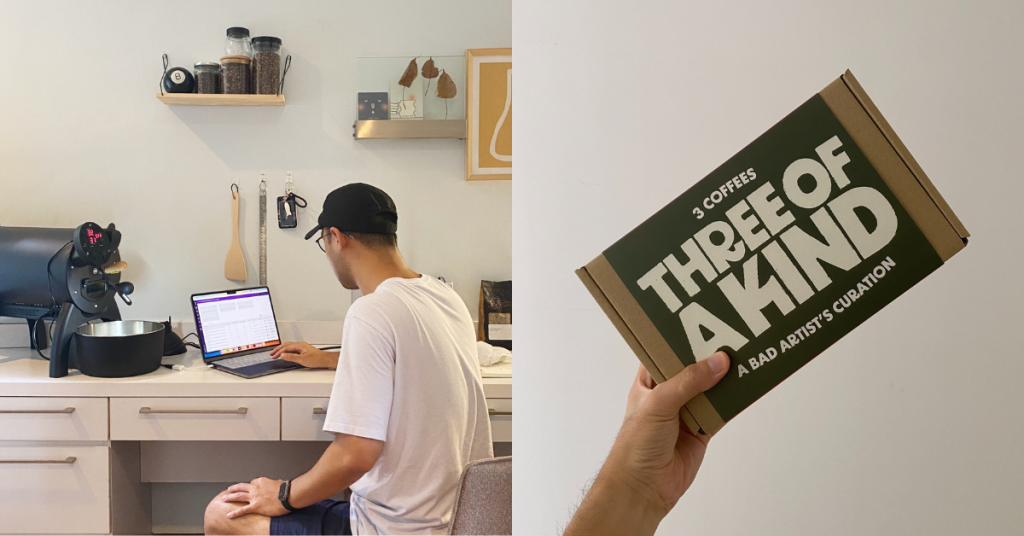
With the tagline, “How Bad Can it Be?” Bad Artist Coffee Co was born, a micro roastery selling roasted coffee beans sourced across Asia, Africa, and the Americas, and beginner-friendly coffee equipment.
More so, Bad Artist Coffee became a platform for Han to spread the “gospel” of home brewing, with one of Han’s earliest projects being a coffee cupping workshop.
“The intention behind Bad Artist Coffee is to encourage more people to brew at home because I believe everyone is an artist. And while we’re all bound to be bad at first, my goal is to help aspiring ‘bad artists’ get better.”
“Ever since I started Bad Artist Coffee, it has always been my intention to be educational instead of just selling roasted coffees,” said Han in an Instagram post.
Not long after, Han was taking over cafes and speaking at workshops, becoming a prominent figure in the coffee community
Soon enough, after two years of running the business out of his home, selling at pop-ups, and taking over coffee bars, Han found the opportunity to take his purpose further, and it came in the form of his dad’s old office space.
A new home with old roots
A humble space sitting atop auto parts shops and overlooking the quiet SS2 suburbs, this spot once served as an office space for Han’s dad, before being left vacant for years.
“It felt right for me to take it over and turn it into something more purposeful. In a way, starting something where my father once began was encouraging,” Han said.
Now featuring an open-concept layout with a minimalist aesthetic and furnishings, Bad Artist Coffee finally had a physical space of its own, from which operations were conducted and coffee lovers were united.
“One of my goals for Bad Artist Coffee has always been to create a third space where coffee lovers can connect, explore, and learn about coffee. I believe coffee is deeply personal, and the best way to introduce it to more people is by inviting them into your space.”
“This space is not designed to be a cafe, but rather a coffee collaborative space, a place for you and me to be ‘bad’. ‘Cause how bad can it be?”
Along with its simple menu of filter coffees and espressos, Bad Artist Coffee showcases light bites and non-coffee beverages from local vendors reminding visitors that, in the end, it’s all about the community.
For the hipsters, addicts, and enthusiasts alike
Since the early days, Han has relied on the support of the barista community, from taking over bars and participating in collaborative projects.
Now with a physical space of his own, he’s giving back to the community that raised Bad Artist Coffee to the brand it now is.
Indeed, the space also hosts workshops and other coffee-oriented events, including coffee-tasting and sharing sessions where they host baristas from the local community.
“Stepping outside my comfort zone has become a big part of my journey with Bad Artist Coffee and I’m incredibly grateful for the support of the local coffee community; even for a new brand like mine, starting from scratch with no prior knowledge of specialty coffee.”
Since the beginning, Han’s commitment to the coffee community has been apparent. Not just to the hipsters with their vac pots, or the upper echelon and their “premium” brews, but also to the everyday worker and early risers, showing them that there’s a way to get some good home brewed coffee into their routines.
Also Read: This Sabahan serial entrepreneur built 6 brands, here’s his business playbook
Featured Image Credit: Bad Artist Coffee Co
Is it defamation when you leave a bad review, and can M’sian businesses sue you for it?

Disclaimer: This article is for general informational purposes only and is not meant to be used or construed as legal advice in any manner whatsoever. All articles have been scrutinised by a practising lawyer from Tristan & Partners to ensure accuracy.
The “silent majority” is a concept in politics that refers to how the largest portion of a country’s population actually does not involve themselves in politics.
More recently, however, the term has taken on a more general meaning, encompassing a broader spectrum. Now, it can also refer to the fact that the loudest people in the room expressing their opinions are usually in the minority.
Take social media, for example. A YouTube video may have a million views, but how many people go out of their way to actually like the video?
For extra context, just a 3.75% to 4% view-to-like ratio is what’s considered ideal. Meaning that, if we’re being generous, one can expect about 40,000 likes in this scenario.
And as for comments? That coveted “golden ratio” drops to about 0.5%. Just 5,000 comments.
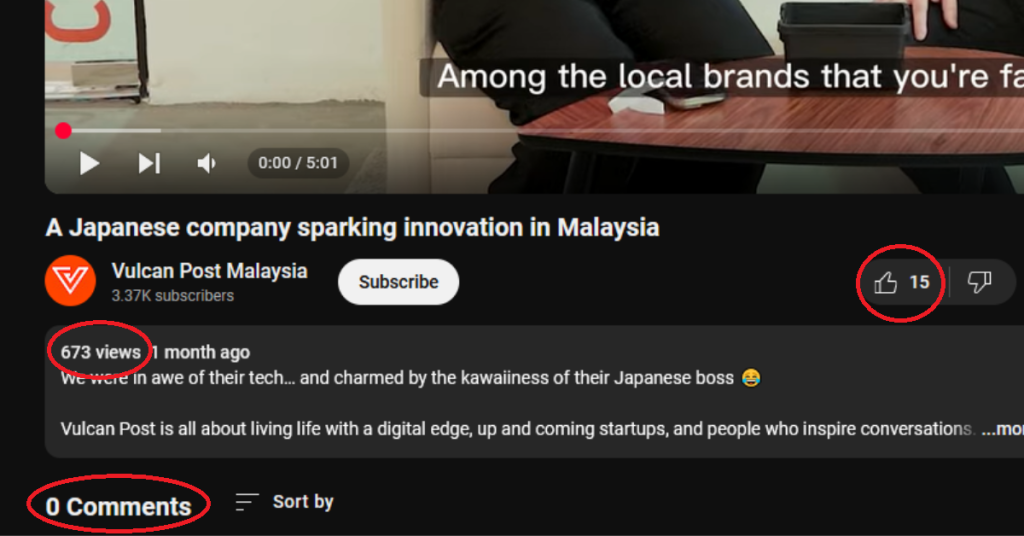
Reviews for businesses and products tend to follow a similar pattern. And that’s not exactly a good thing when reviews tend to be the first thing people turn to when they’re deciding what to spend their hard-earned money on.
I don’t think it’s a stretch to say that nobody wants to enter a restaurant with a gorgeous exterior but horrendous service, bland food, and extortionate prices. Or that what’s shown on the box ends up being different from the actual product.
But whereas social media accounts can be blocked and ignored with comments deleted, reviews have to contend with a certain “risk” when dealing with especially sensitive business owners.
And that’s a defamation lawsuit.
What does it mean?

In law, defamation refers to the act of making a false statement on any person, business, or organisation that ends up damaging their reputation.
Statements made in “permanent form,” such as texts, videos, and radio broadcasts, are referred to as “libel.”
“Transient” or “temporary” statements where there is no referable record, meanwhile, constitutes as slander. Take something said in the moment for example.
Here in Malaysia, laws pertaining to defamation fall under the aptly named Defamation Act 1957.
However, the act only provides, among others, situations where an action for slander can be pursued without the need to prove special damages, and the application of defences such as justification, fair comment, and qualified privilege.
It notably does not cover what amounts to defamatory statements.
So, then, can any criticism you make be leveraged against you as defamation?
Well, that’s up to the court to decide on a case-by-case basis.
Suing & defending
In order to establish a claim for defamation, it must first be proven that the statement made does in fact refer to the plaintiff, i.e. the one who initiated the lawsuit.
Secondly, it must also be shown that the statement made was defamatory in the first place. And the two ways this can be done are through interpretation via natural and ordinary meaning or by innuendo.
Statements that are direct and can be taken at face value would fall under interpretation by natural and ordinary meaning.
To explain innuendo, here is an example:
Person A makes a statement on social media saying, “The items at my office desk have been going missing. It must be the person that sits next to me who has been taking them. Don’t tell me such a person can’t even afford to buy staples?”
The words used by Person A can be implied to mean that the person who sits next to A is a poor person, is not financially capable, or is a thief.
Though not direct, this can be taken as defamatory, thus giving the person sitting next to Person A grounds for a lawsuit.
The last criteria is to prove that the defamatory statement was published.
But whether or not the lawsuit will be won, will depend on the defendant’s defence.

When you’re being sued for defamation, the most common defences that you can take up include the following:
| Defence | Criteria |
| Justification | The defendant has proof that their statement is true. |
| Fair Comment | The statement made was: – an expression of opinion, not a statement of fact – based on true facts – fair and accurate – in the interest of the public |
| Absolute Privilege | The statement was published in certain settings or situations, such as: – a judicial proceeding – a parliamentary proceeding – a police report or statement |
| Qualified Privilege | – The defendant had a legal, moral, or social duty to make the statement – It was in the interest of the plaintiff to receive the statement |
| Reynold’s Privilege | – The statement made was done so in public interest – The defendant acted reasonably in publishing their statement, known as the “responsible journalism test” |
Fair comment and qualified privilege, however, will fail if it can be proven that the statement made was done so in malice.
As far as the legal world is concerned, malice can be defined as the intention to cause harm without justification or excuse.
“So long as a person believes in the truth of what he says and is not reckless, ‘malice’ cannot be inferred from the fact that his belief is unreasonable, prejudiced or unfair,” explained law firm Carter-Ruck.
As the saying goes…
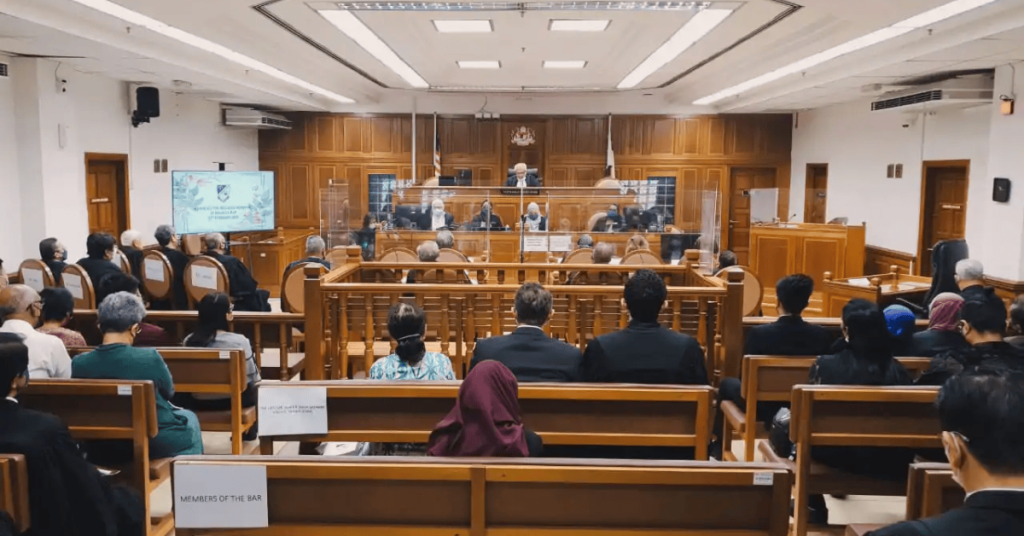
Damages can only be claimed by the plaintiff should they be proven innocent with concrete evidence that they have incurred some sort of loss from the whole ordeal.
Carter-Ruck states that the amount will be determined by the court based on factors including but not limited to:
- the gravity of the allegation
- the size and influence of the circulation
- the extent and nature of the claimant’s reputation
- the behaviour of the defendant
- the behaviour of the plaintiff
This can be as high as over RM700,000, making it evermore crucial to not let it slip in our heads that actions have their consequences.
The anonymity afforded to us by the internet tends to have that effect on people.
Vent your frustrations in a note, give it a day, and take it easy on the insults when writing your review. If it helps, bring in a friend to give it a read before you hit “send.”
Prevention, as they say, is better than cure.
- Read other articles we’ve written about Malaysian startups here.
Also Read: This global real estate firm is expanding to KL to help local agents achieve their ambitions
Featured Image Credit: Vulcan Post
